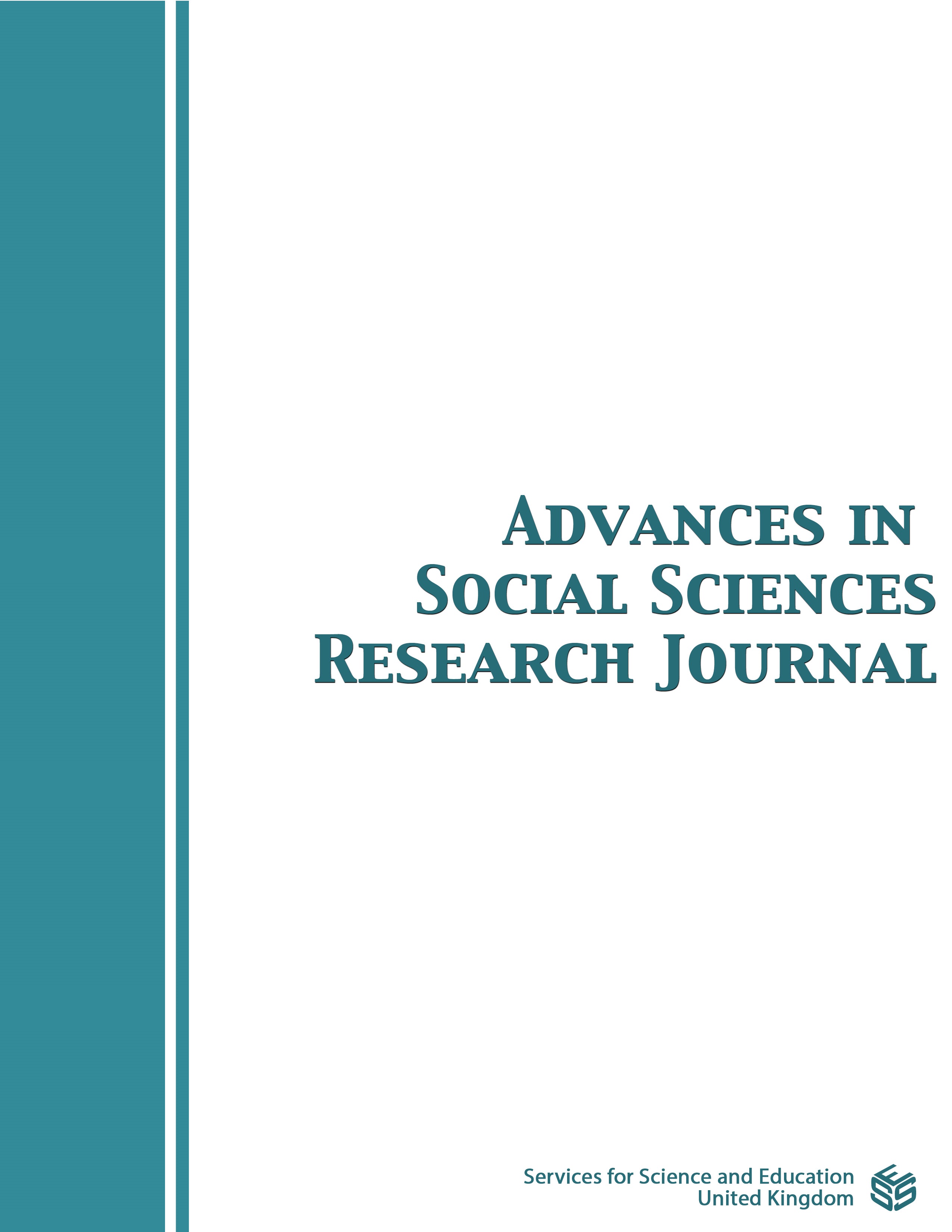Faculty Building for Personalized Medicine and Care
DOI:
https://doi.org/10.14738/assrj.1110.17726Keywords:
qualification profile, internships, didactics and learning objectives, metacompetencies, admission, approbationAbstract
Personalized medicine and care always places the patient at the center and requires psychosocial interprofessional skills. Using the example of personalized care, which is conceived as clinical, biopsychosocial work in an interdisciplinary, care-relevant manner, it is shown why comprehensive and differentiated abilities are required for this activity. According to grounded theory methodology, an interview-study with several experts in the field was carried out in a cyclical research design. As a result, problem definitions and solution concepts suggested to focus existing and development of new curricula or curriculum elements, to focus training processes and students’ qualification profiles for the respective personell-, organizational- development and faculty building. The qualification profile, definitions of learning objectives, as well as their effective implementation and didactic mediation possibilities are empirically reviewed and presented in an overview and exemplary manner. The training is designed to be practice-relevant, patient-centered with sufficient personal reflection skills, which are conveyed through teaching in continuous small groups. Selection procedures and internships take into account the requirements of psychosocial care and academic standards. Workplace-based examinations and case-oriented feedback develop the trainees into professional workers. A priori necessary basic competencies are presented and discussed in order to further elaborate empirical research and curricular strategies. Therefore the respective faculty building can be derived.
Downloads
Published
How to Cite
Issue
Section
License
Copyright (c) 2024 Henriette Löffler-Stastka

This work is licensed under a Creative Commons Attribution 4.0 International License.
Authors wishing to include figures, tables, or text passages that have already been published elsewhere are required to obtain permission from the copyright owner(s) for both the print and online format and to include evidence that such permission has been granted when submitting their papers. Any material received without such evidence will be assumed to originate from the authors.






